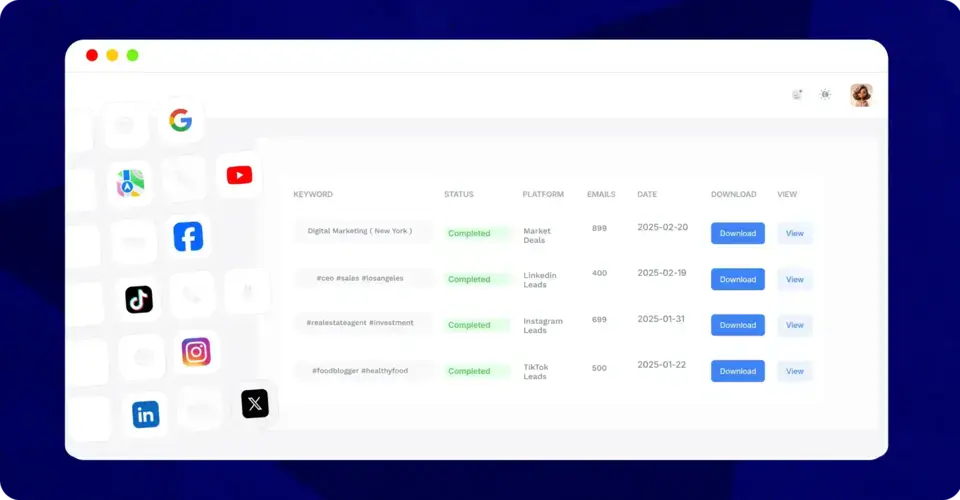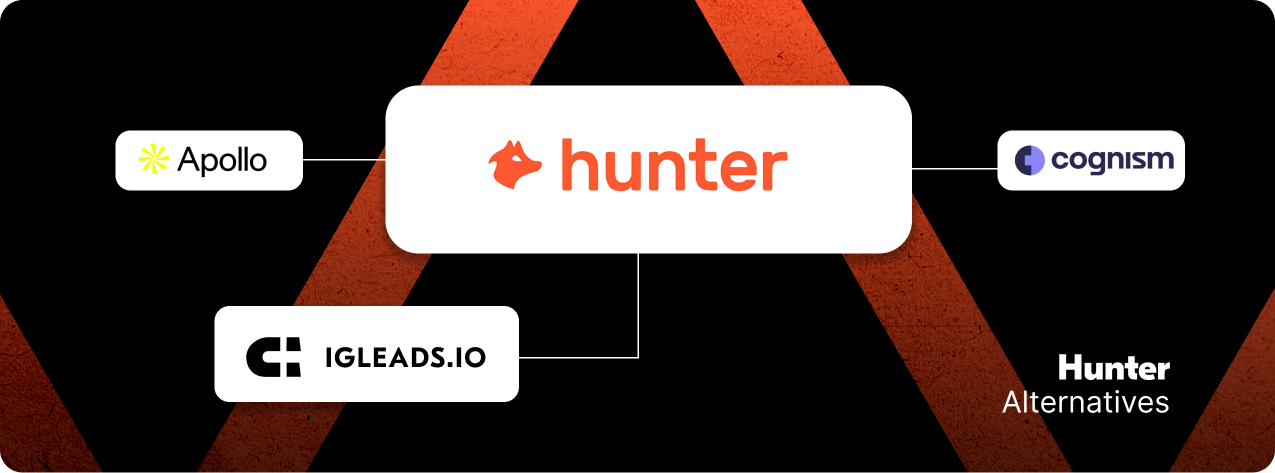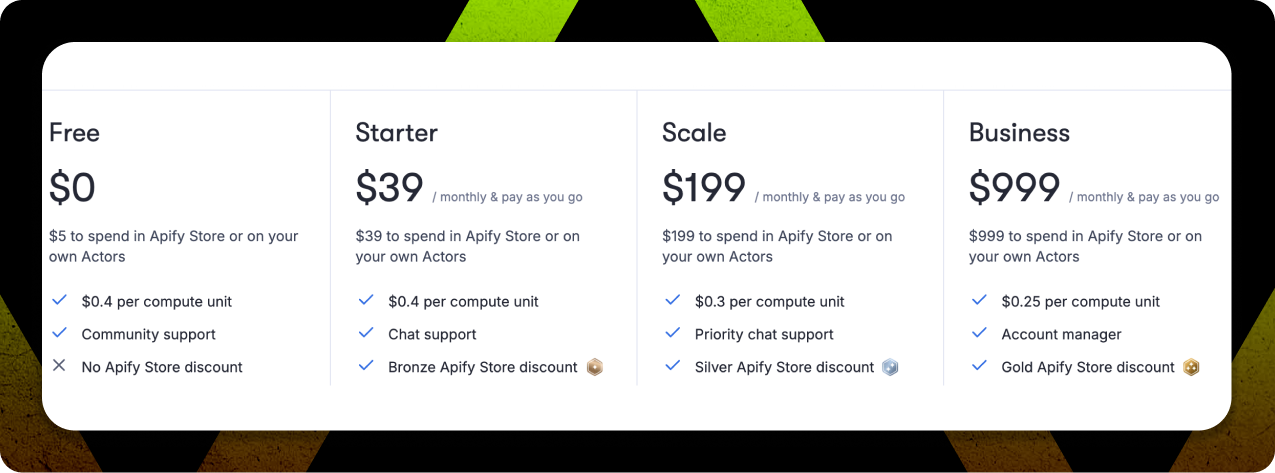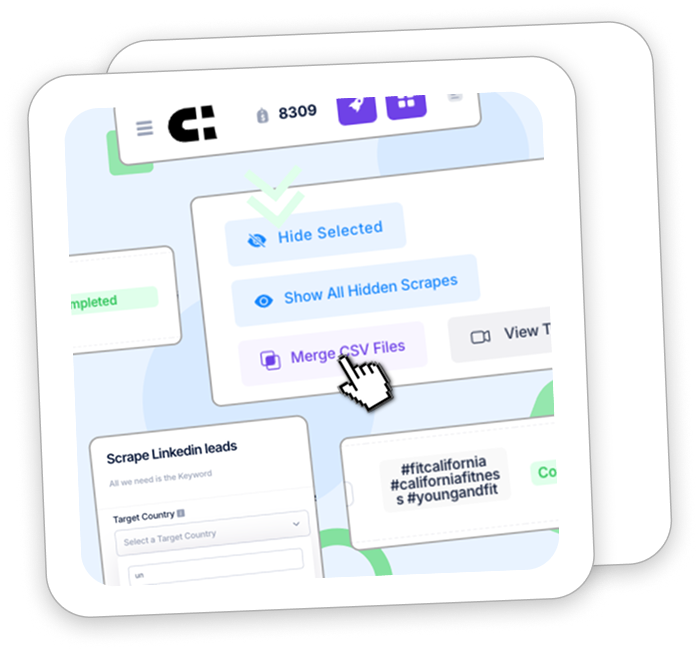How to Build a High-Quality B2B Email List for Outbound Marketing
In 2025, outbound campaigns still deliver some of the best ROI in B2B sales, but only if you’re reaching the right people. A high-quality email list generator or gives you targeted contacts that are fresh, accurate, and compliant, instead of bloated vendor databases that bounce or go stale. In this guide, you’ll learn how to build a B2B email list for marketing, step by step, from defining your ideal customer profile to using automation tools like IGLeads to scrape, verify, and export clean contacts ready for outreach.
In 2025, outbound campaigns still deliver some of the best ROI in B2B sales, but only if you’re reaching the right people. A high-quality email list generator or email scraper gives you targeted contacts that are fresh, accurate, and compliant, instead of bloated vendor databases that bounce or go stale. Before you decide whether to build your own or look at how to buy email lists, this guide will show you step by step how to build a B2B email list for marketing — from defining your ideal customer profile to using automation tools like IGLeads to scrape, verify, and export clean contacts ready for outreach.
What Makes a High-Quality B2B Email List
Not all contact lists are created equal. A strong B2B email list is defined by three things: relevance, deliverability, and compliance. Relevance means every contact matches your Ideal Customer Profile (ICP), so you’re not wasting time pitching to the wrong people. Deliverability means emails are valid and verified, keeping bounce rates under control. Compliance ensures your outreach aligns with GDPR and CCPA rules.
Compared to inbound methods, using an email list builder for outbound lets you reach prospects directly instead of waiting for them to come to you. The difference is targeting: a broad purchased list may look big, but a smaller, carefully built CEO or VP email list that matches your ICP will convert far better.
Many teams also explore different approaches to sourcing leads, and guides like our lead generation guide can help frame whether outbound, inbound, or hybrid strategies make the most sense for your market.
IGLeads as the Solution
If you want a reliable email list generator for outbound marketing, IGLeads is built for speed, accuracy, and control. Instead of buying static databases, you scrape fresh contacts directly from public sources.
Why IGLeads works
- Multi-platform scraping: Pull emails from LinkedIn, Instagram, Google Maps, and company websites.
- No-code setup: Anyone can run scrapes with just a few clicks, no technical skills required.
- Smart filters: Target by role, industry, location, or keyword to build hyper-specific lists.
- Export-ready: Get your contacts in clean CSV files you can plug into any CRM or outreach tool.
- Compliance-first: IGLeads only collects public data and supports GDPR-compliant exports.
Who uses IGLeads
- Agencies building outbound campaigns for clients
- SaaS startups targeting niche buyer roles
- Freelancers and consultants needing quick, low-cost lists
- Sales teams looking for fresh leads without limits
With IGLeads, you’re not stuck with stale data. You generate a B2B email list builder workflow that adapts as your targeting changes.
Step-by-Step Email List Building Process
Some businesses still consider vendors, but comparing options is key. Our breakdown of the best B2B email list providers shows how traditional databases stack up against scraping and custom list-building.
Building a reliable email list for outbound marketing doesn’t need to be complicated. Follow these steps to create a clean, targeted list that works.
1. Define Your Ideal Customer Profile (ICP)
Start by outlining the industries, roles, and company sizes you want to target. A B2B email list builder is only as effective as the filters you set.
2. Choose Your List-Building Method
You can build manually by researching company sites, or use an email scraper or free email list generator for faster results. Many teams combine both methods.
3. Enrich and Verify Contacts
Use verification tools to confirm addresses are active. Enrichment can add details like LinkedIn profiles, job titles, or company size.
4. Maintain List Hygiene
Regularly clean your list to remove bounces, duplicates, or unengaged contacts. A smaller, active list outperforms a bloated one.
5. Stay Compliant
Document your sources, only scrape public data, and always include opt-out options in campaigns. Compliance protects your sender reputation and ensures long-term success.
Advanced Strategies for 2025
Basic list-building is no longer enough. To stand out, use modern strategies that make your email list generator for outbound campaigns more accurate and effective.
AI-Powered Prospecting
AI tools analyze patterns like hiring trends, funding rounds, and tech stacks to suggest prospects most likely to engage. This keeps your list relevant.
Behavioral Targeting
Instead of just filtering by title, track signals like recent job changes, company growth, or active social posts. These prospects are more responsive.
Multi-Channel Scraping
Relying on one platform limits your reach. Combine data from LinkedIn, Instagram, Google Maps, and company websites using a B2B email list builder to get a wider pool of verified contacts.
Hybrid Approach
Blend manual research with automation. Scrapers collect at scale, while manual checks ensure top prospects are spot-on. This balance improves both volume and accuracy.
Tracking Results and Continuous Optimization
Even the best email list builder won’t guarantee results if you don’t track and refine your campaigns. Success with outbound comes from constant testing and improvement.
Metrics that matter
- Open rate: Strong subject lines should push this above 40%
- Reply rate: Well-targeted segments should yield 10–20%
- Bounce rate: Keep this under 2% with verification tools
- Conversion rate: Track how many replies turn into calls, demos, or deals
How to optimize over time
- A/B test subject lines, send times, and CTAs
- Segment further when a group underperforms
- Update your list with fresh scrapes every month or quarter
- Enrich data with context like company size or role-specific challenges
When combined with IGLeads, this process is faster because you’re always working with current data. Instead of relying on outdated vendors, you can refresh, test, and refine until your email list generator for outbound marketing consistently produces ROI.
Build Your B2B Email List the Smart Way
A high-quality email list isn’t just names in a spreadsheet; it’s the foundation of every successful outbound campaign. With IGLeads, you can skip outdated databases and use an email scraper that pulls fresh, accurate contacts from LinkedIn, Google Maps, and other public sources.
No coding. No complex setups. Just set your filters, hit start, and export a clean B2B email list in minutes. That means more replies, faster campaigns, and better results.
Frequently Asked Questions
An Email List Generator is a tool that automatically collects relevant email addresses from online sources such as websites and social media. It uses algorithms to identify and extract verified contacts that match your target audience, saving time and improving the accuracy of your outreach campaigns.
Yes, if used responsibly. To stay compliant with data privacy regulations like GDPR or CAN-SPAM, it’s essential to target only publicly available data and ensure that recipients have a legitimate interest in your offer. Tools like IGLeads are designed to support ethical scraping and segmentation.
IGLeads stands out for its real-time scraping, platform-specific extractors (like Instagram or Google Maps), and user-friendly segmentation tools. It lets you filter leads by industry, location, or niche interest—helping you generate high-conversion lists with minimal manual work.
Once you’ve built your list, segment it based on your marketing goals (e.g., by interest or behavior), then use email marketing platforms or cold outreach tools to engage those contacts. Personalization, A/B testing, and compliance are key to a successful campaign.
IGLeads combines multi-platform scraping, no-code setup, keyword targeting, and GDPR-compliant exports. It’s built for freelancers, agencies, and SaaS teams who need fast, fresh leads.





